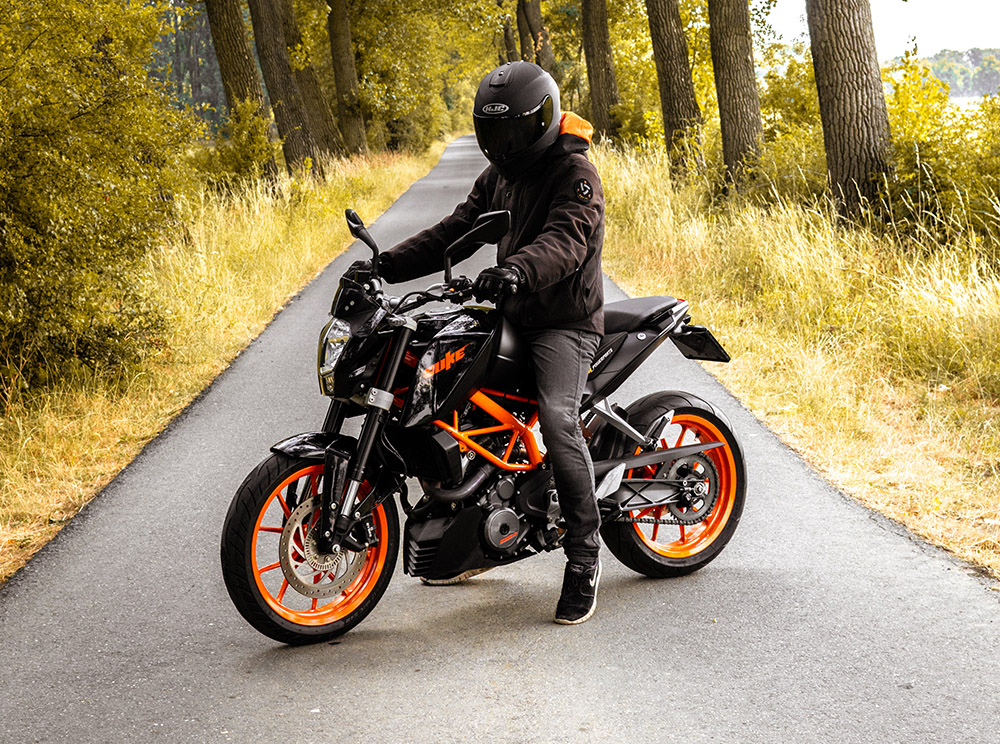Motorbike ownership in the UK has jumped by 10.51% since 2015, with over 1.4 million bikes now licensed. Thinking about getting one yourself? Make sure you’re fully prepared before buying, from having the right riding gear to knowing the rules of the road and everything in between.
Getting a license
When getting a motorbike, the first thing to check is that you have the right license. Unlike driving a car, there are different categories, each with its own rules and requirements. You’ll need a provisional licence before you can even start learning to ride. Then comes the Compulsory Basic Training, which you must complete before riding legally on the road. After that, factors like the direct access route, progressive route, engine size, age limits, and more come into play.

Buying insurance
Just like you can’t legally ride a motorbike without the right license, you also need the right insurance. At minimum, third-party-only insurance is required by law, covering damage to another person or their property but not your own. There’s also third party, fire, and theft, which includes third-party cover plus protection if your bike is stolen or damaged by fire. For the best protection, go fully comprehensive—this covers accidental and malicious damage, including vandalism, single-vehicle incidents, and even flood damage.
Motorcycle gear
Once you’ve got your license and motorbike sorted, it’s time to pick your riding gear. The helmet comes first, as it’s legally required on the road. A full-face helmet offers the most protection, but you could also go for half or three-quarter styles. While helmets are the only gear you must wear by law, it’s smart to invest in other protective items like boots, gloves, and leathers. No need for a full MotoGP suit, but sturdy leathers, proper footwear, and tough gloves are essential for staying safe on the road.

The best bike for you
Bikes generally fall into six categories: standard, cruiser, sport, touring, dual-purpose, and off-road. When choosing, it’s smart to think about the roads you’ll ride, how much time you’ll spend on the bike, plus factors like speed, handling, budget, storage, and fuel efficiency. The most common type is the standard, which is great for everyday riding rather than style. Cruisers are classic American-style choppers—picture a Harley-Davidson on Route 66—while sport bikes prioritize speed and agility. Touring bikes are bigger and built for comfort, off-road bikes are mainly for motorsports, and dual-purpose models combine features of both off-road and sport bikes.
Safety on the road
First off, never go over the speed limit, especially considering there were 343 motorcycle fatalities in 2024. Staying safe on the road is crucial, and many campaigns warn riders about the risks of unsafe behavior. So, what are the dos and don’ts? Besides sticking to the speed limit, top motorcycle safety tips include car drivers double-checking before changing lanes. For riders, keep an eye on the weather, avoid riding in the rain whenever possible, and always ride within your skill level. Sure, you might want to match the pace of those you’re riding with – but is it worth the risk when they’ve been on a bike far longer than you?

